Li-Ion Flight Batteries
Flight time is a very critical requirement for this project. Typically Li-Po batteries dominate the drone power space due to their ability to discharge very high currents. However, Li-Ion battery cells (Popularized by Tesla's use in electric cars) are inherently able to carry far more battery capacity for the same weight compared to Li-Po cells. The only disadvantage is they can not output the same amount of current as Li-Po cells. There are new higher current Li-Ion cells as the technology advances, but it still isn't near the performance possible with Li-Po cells.
The current limitations of Li-Ion cells prevent them from being used on many drones. However, after some simple calculations, newer high-current Li-Ion cells could offer more than enough current for the loitering flight profiles Valor UAV was intended for (It's not going to dump current maneuvering like an FPV racing drone). Because Valor UAV is a decently large drone, we could take advantage of the large payload capacity to design a build a Li-Ion battery pack that meticulously balances weight, capacity, and current. We were shocked at the result, by switching over to Li-Ion cells, we were able to achieve a 10% increase in battery capacity and a 30% decrease in overall mass compared to the top-of-the-line Li-Po cells that Valor UAV was originally intended to fly on.
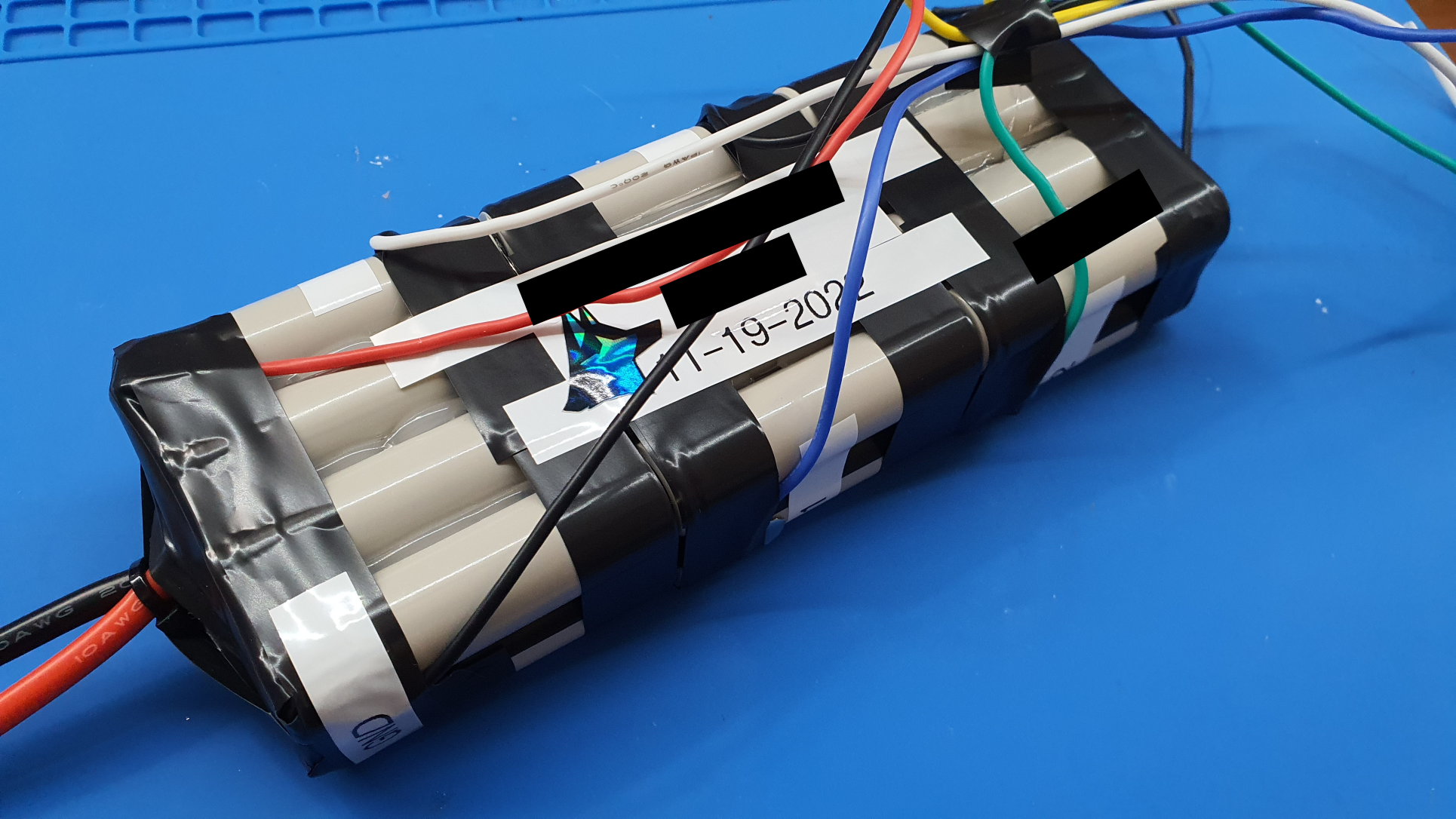
View of prototype battery pack build without the enclosure casing.
There are still two issues, the entire Unmanned Aerial System as a whole needs to be extremely durable for field use, including the battery. To save weight, Valor UAV uses skids on the bottom of the battery pack as landing gear. This means the battery pack has to be incredibly durable, so we designed an extremely durable casing enclosure. The enclosure is sealed and waterproof to keep the electronics dry. It features quick-release Picatinny clips at the top; an operator can clip in a new battery into a valor UAV in literally seconds. For anyone who's charged drone batteries, this is a big feature. The battery enclosure features an all-in-one single charge and discharges port separate from the flight discharge port. It's kept underneath a waterproof cap with two thumbscrews holding it in place.
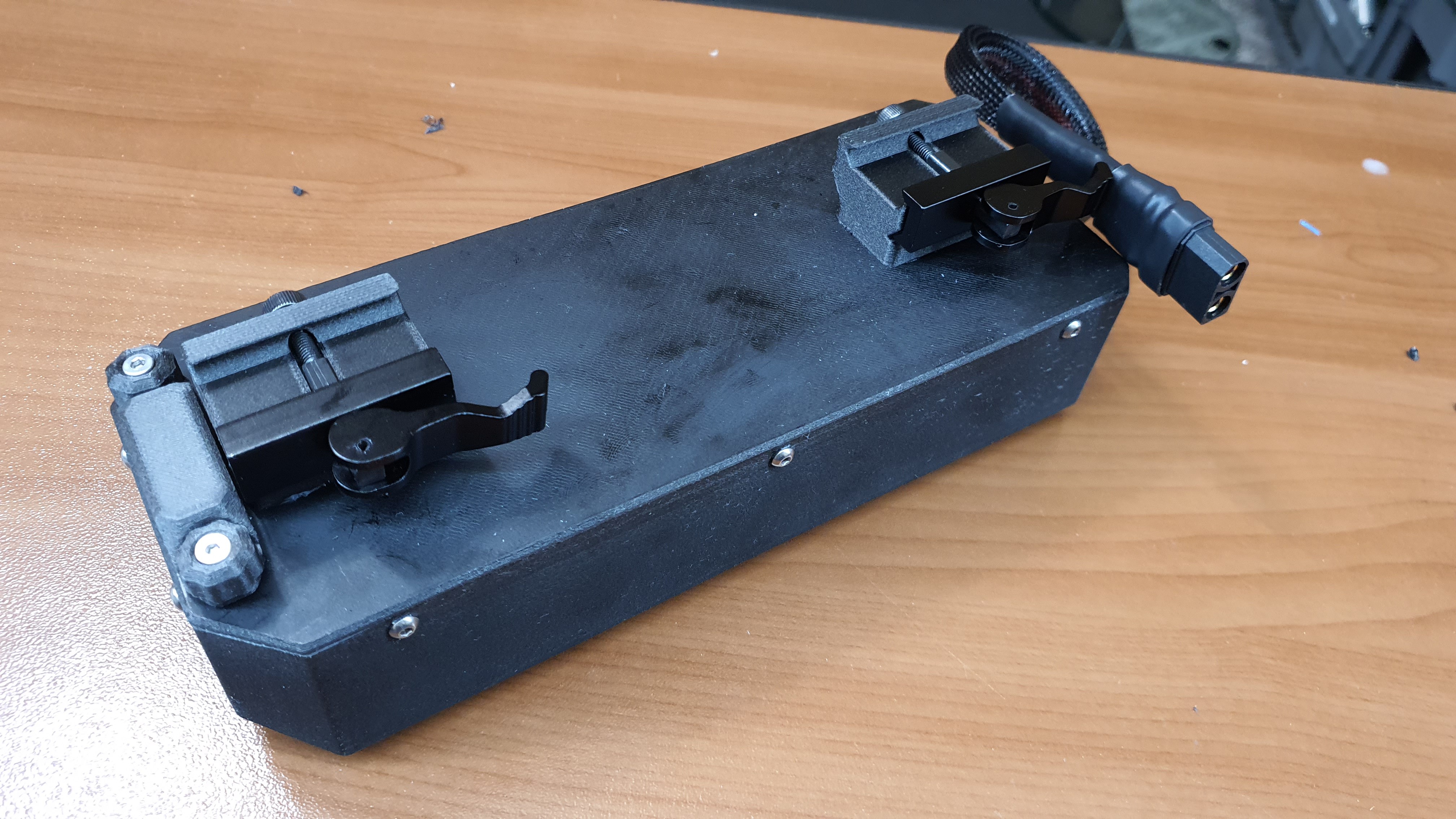
The rugged outer casing; Notice the two front thumb screws enclosing the charge port, the Picatinny Quick-Release points, and the flight discharge cable.
Overall we're really happy with the flight battery! Because the battery is rail mounted and extremely modular, this leaves room to design specialty batteries in the future, including a Li-Po variant, larger cells, different chemistries, ones with features like integrated heaters for winter operations, etc. One person asked if Valor could be tethered with a ground power supply, and that can be very easily done! The possibilities are endless!
Hot-Start/Hot-Swap Switch System
Commercial drones are often advertised for their rapid case-to-flight time. What they don't tell you is how slow GPS lock and radio connections for video systems could take. We aim to solve that with the Hot-Start/Hot-Swap switch system, its role is kind of like an APU on a jet. Valor has a small built-in battery that's separate from the flight battery. It's wired to only power the radio, avionics, and GPS. Before deploying the UAV to the mission location, Valor UAV can be powered on in advance, giving it time to gain GPS lock and RF C2/Video connections beforehand. Not only this but when Valor UAV needs a battery swap mid-mission, the Hot-Swap switch can be pressed to keep the necessary avionics on. No need to wait for the avionics to boot up again and regain connection, the vehicle is essentially kept "hot" until the fresh flight battery takes over. Another cool function is if Valor UAV is ever lost and the flight battery dies, the Hot-Start battery can kick in and keep the avionics alive for about an hour. This give operators a little extra time to recover the UAV.
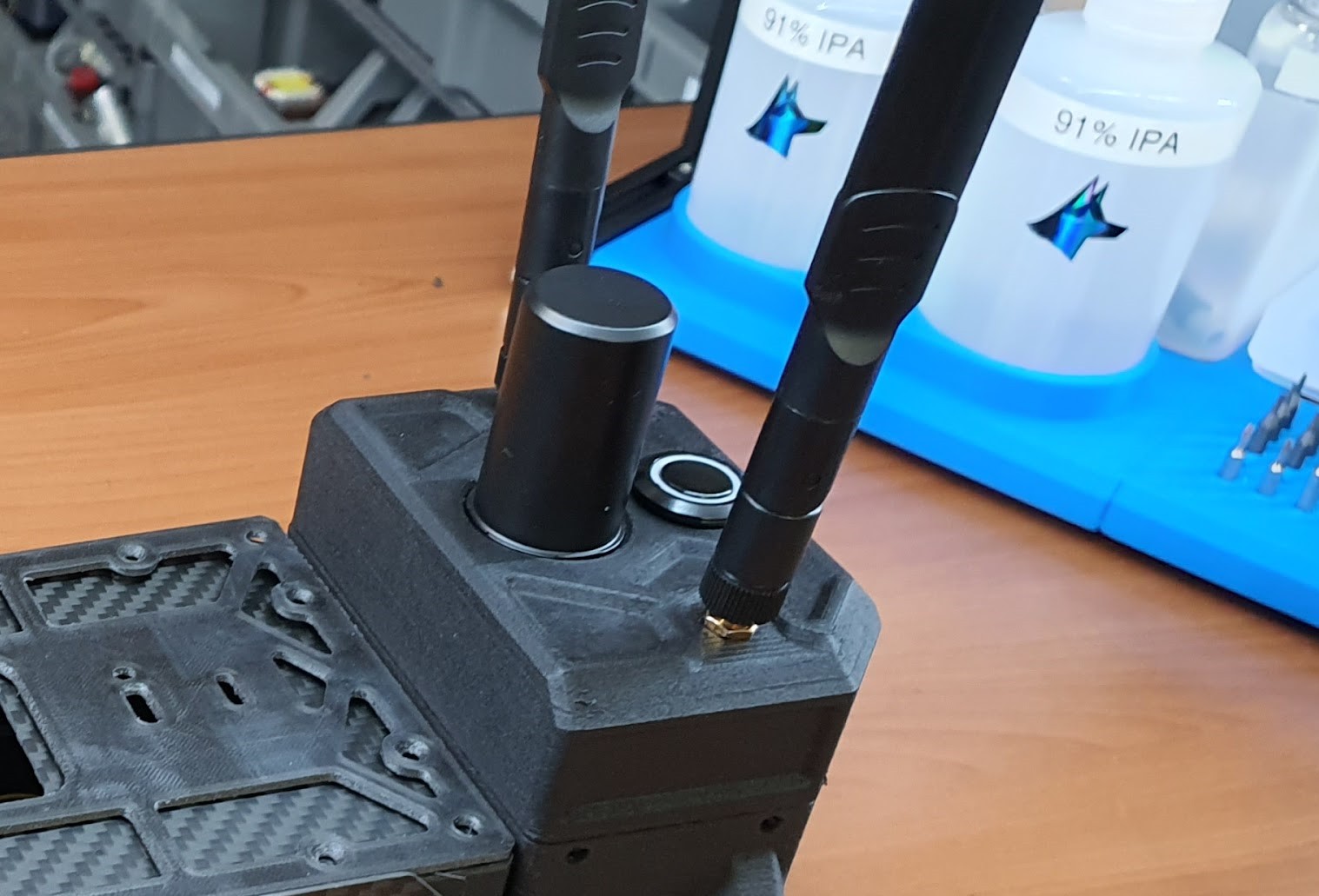
View of the hot-start button between the 2 rear antennas
Wiring Harness & Custom Electronics
On your average scratch-build hobby drone, you can wire it in any manner you like following the basic flow. Valor UAV, however, is intended to maximize performance in every small measure possible, including using the shortest length of wiring possible and planning out the order strategically to maximize power efficiency. The benefits of such a drastic measure are debatable, but it's the attitude we would like to maintain to squeeze every bit of optimized performance out of our design. One critical outcome of detailed planning of the wiring harness so precisely was increased water resistance. Every extra bit of wire running between the arm and body is a point where water leakage could occur. By minimizing any potential for slack leaving gaps in the wire seal, or too high tensions also comprising the waterproof seal, we increased water resistance reliability.
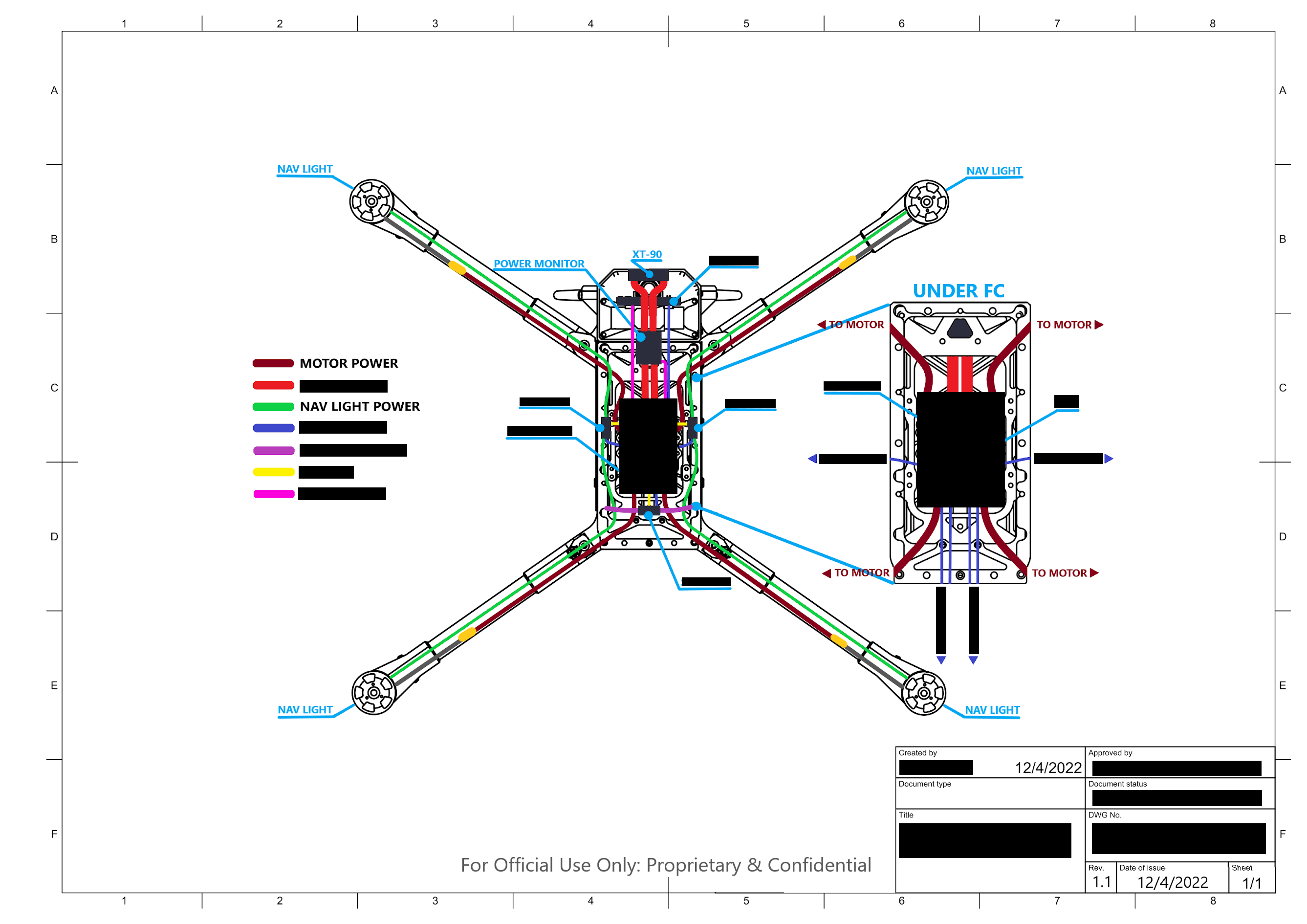
Early revision of the wiring harness plan
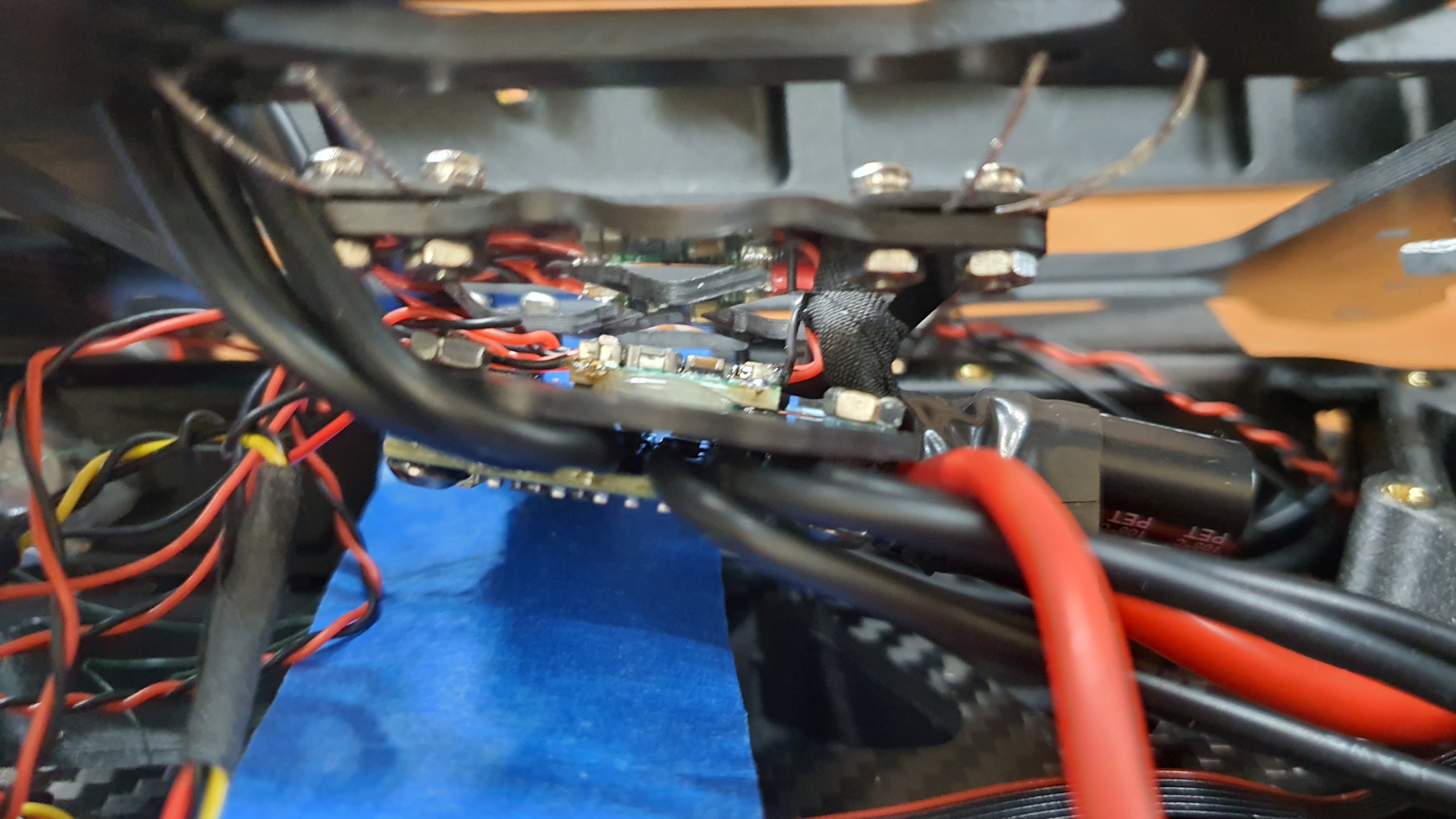
Early dev photo, before custom carrier boards or wiring harness plan. A total mess and nightmare!
Valor was designed around open architecture and Commercial Off The Shelf (COTS) parts. There was no need to expend precious R&D time and money while simultaneously taking the risk of flying custom avionics. We took commercial drone parts and made a specific combination catered to Valor UAV. One thing for certain, half the drone components weren't meant to be used in a system like this, but thanks to open protocols and architectures, modifying and integrating was much simpler and much faster than if done from scratch.
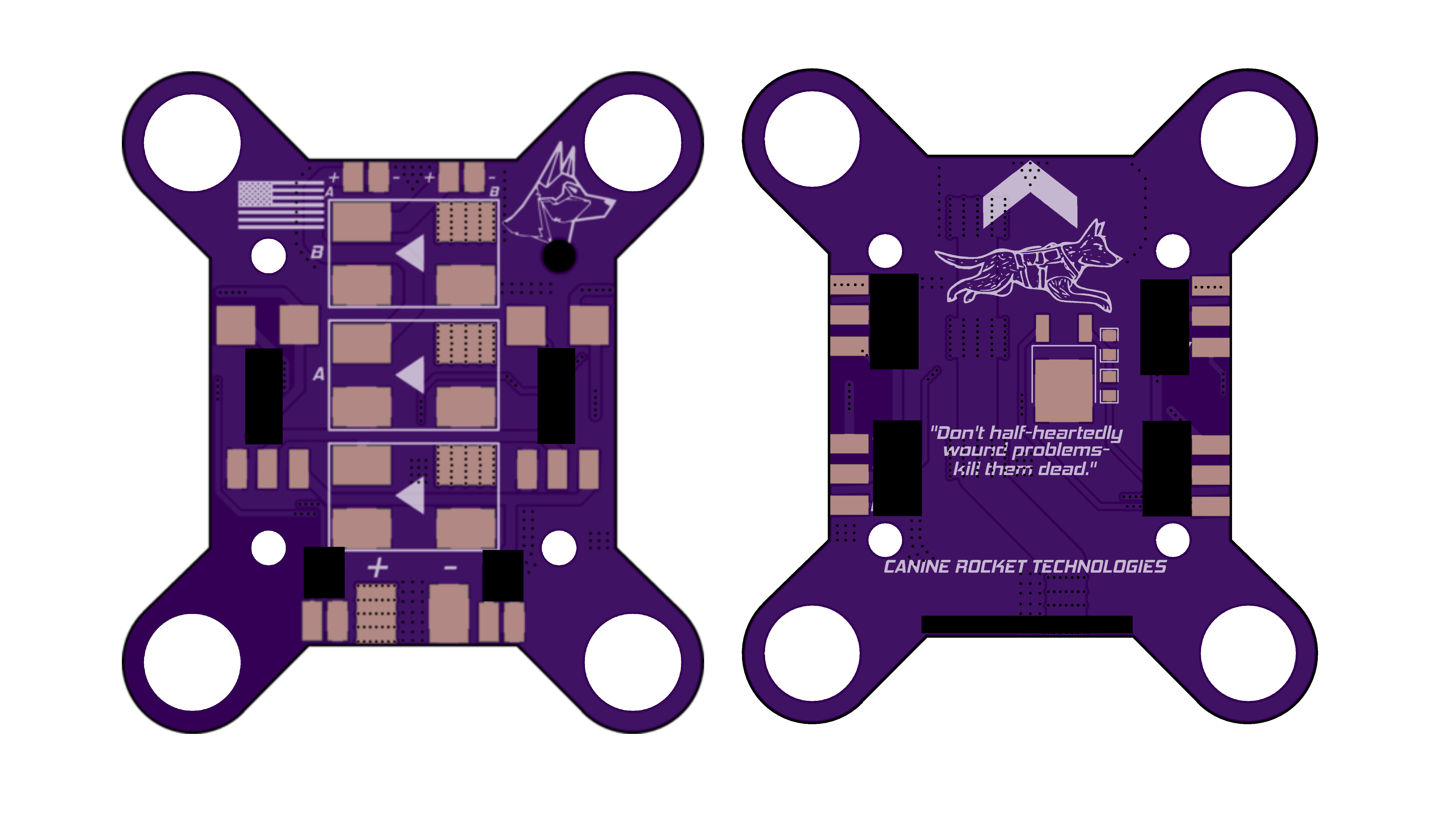
EDA render view of one of Valor's custom PCB Boards
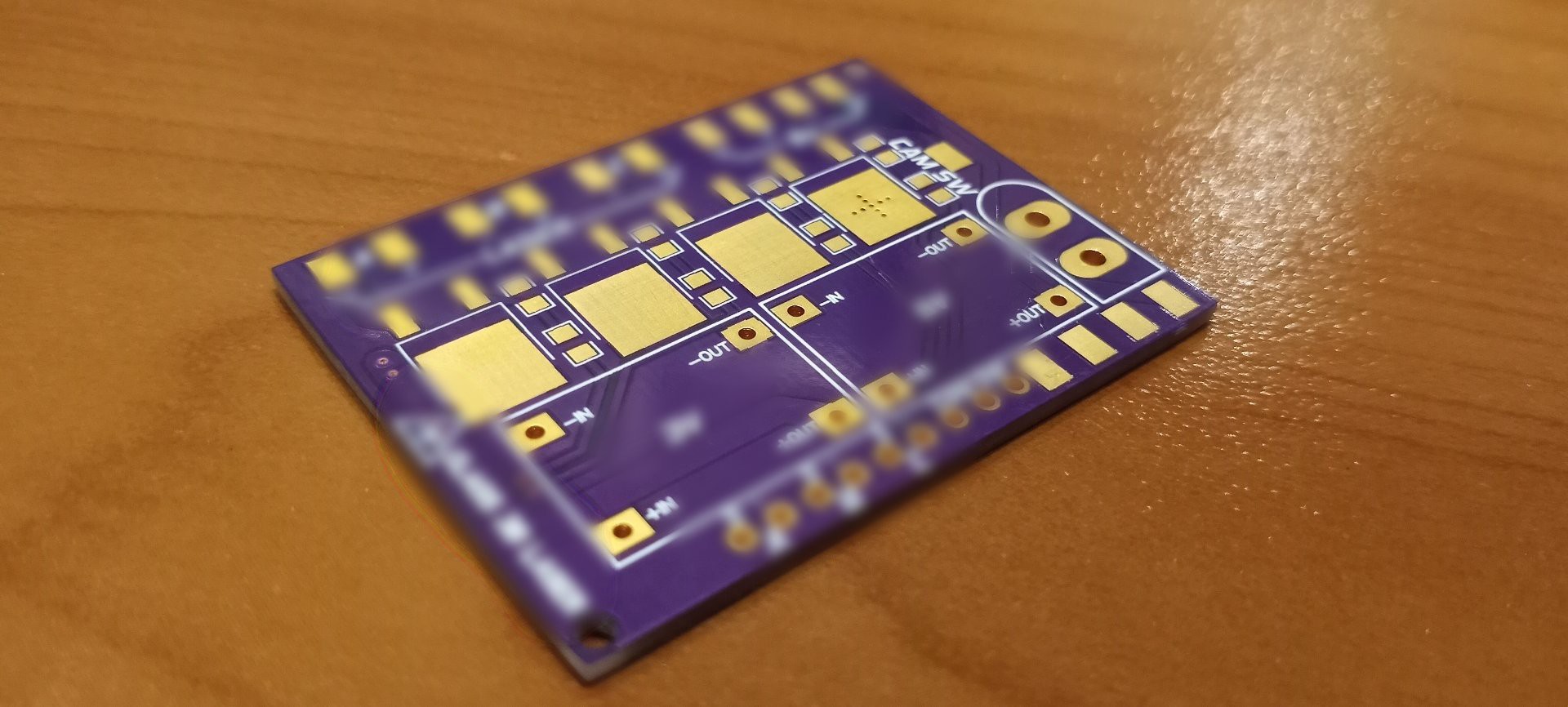
View of one of Valor's custom PCB board
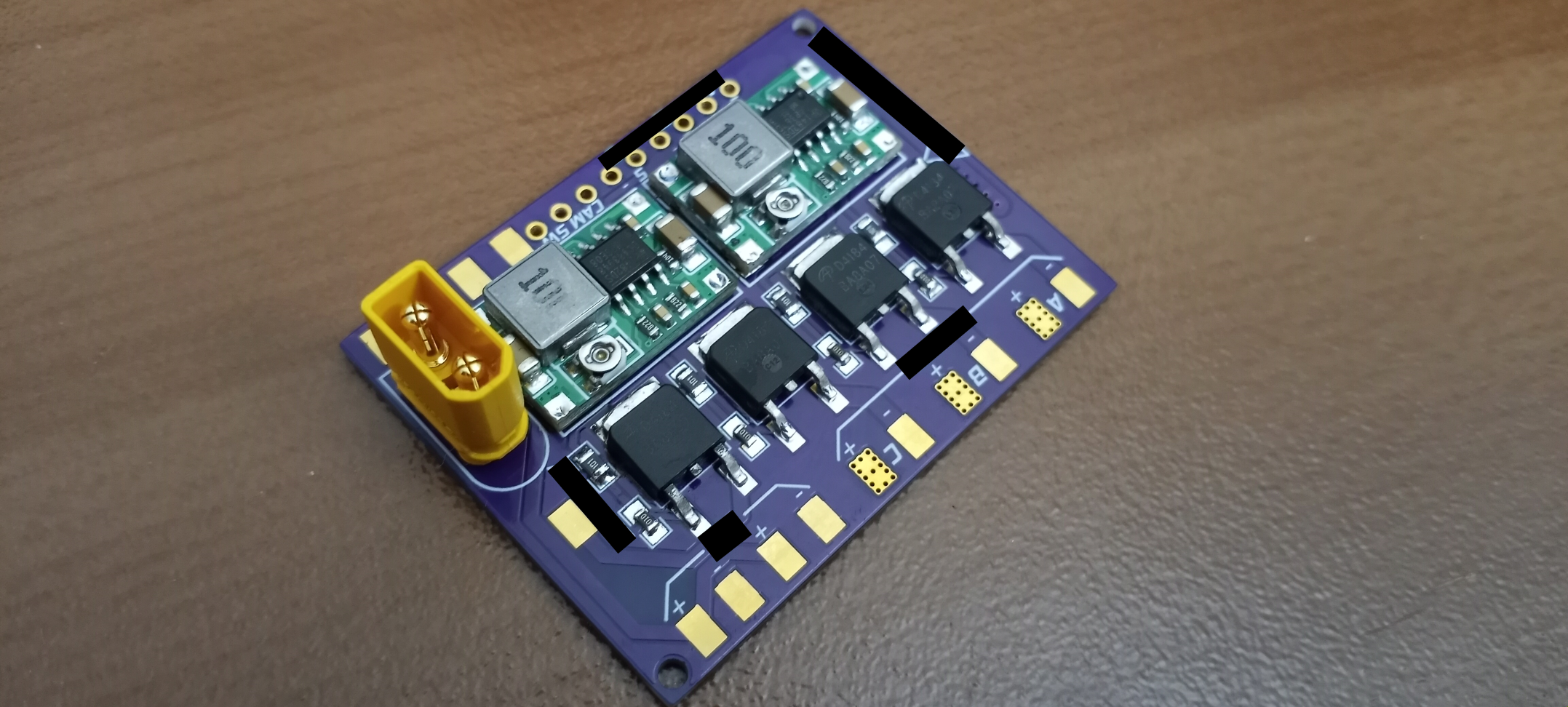
Custom PCB board after assembly
Despite its use of off-the-shelf drone parts, Valor UAV is not without its dose of internally developed custom boards. In the first article the custom navigation lights were featured, but custom electronics don't end there. There is a multitude of carrier board PCBs, intended to shed previous weight and make the wiring much cleaner. There are also handfuls of expansion slots and custom companion computers in the works to make the system smarter, but we can't discuss the details just yet!
 Canine Defense Technologi
Canine Defense Technologi
Discussions
Become a Hackaday.io Member
Create an account to leave a comment. Already have an account? Log In.